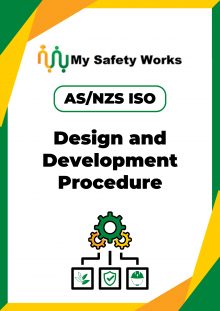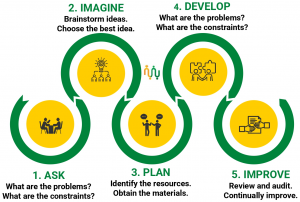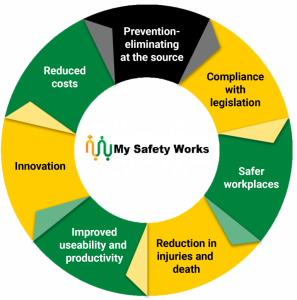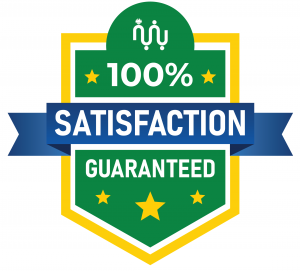
This design and development procedure can assist your business comply with AS/NZS ISO 9001, Quality Management Systems clauses:
Design and development is a term used to describe the process of creating a product or service. It involves taking an idea or concept and turning it into a reality. This can be done through research, planning, and execution. The end goal is to create something that is both functional and appealing to the user.
Having unique designs can be what will attract customers to your business and make them want to learn more about what you have to offer.
Having quality development processes to support your design is essential because it is the intellect behind your business. The two aspects of design and development work hand-in-hand for a business that wants to succeed in any industry.
When your business has a strong foundation in both design and development, you will be able to adapt and change with the times.
A design and development procedure outlines the steps to follow to create a new product or service. There can be varied types of design and development procedures however, they all share some common steps.
First, a company will identify a need or opportunity for a new product or service. They will then research the market to see the nature of the products or similar products or the services that currently exist and what consumers want.
Next, they will develop a concept for the new product or service and create prototypes. Finally, they will evaluate the product or service to make sure it meets all the necessary requirements and make any necessary changes.
Note: Following a design and development procedure can ensure compliance with all essential aspects and this will result in a successful outcome.
The design and development process includes the stages of research, ideation, planning, prototyping, testing and outcome. The product development process is iterative, meaning that it goes back and forth between these stages until the product or service is ready for launch.
Relative to ISO 9001, Quality Management Systems clause 8.3. Design and Development of Products and Services the process follows a system as outlined below.

At the start of the design process, a business should review all requirements and specifications and identify the key stages of the design process. These design and development stages include, for example:
The following activities (where applicable) should be included in a design plan.
Design inputs such as customer data, drawings, specifications, standards, regulations, etc should be checked to confirm they are adequate and explicit.
Identified design and development inputs should be assessed for:
Note: Documented information on all inputs included should be maintained, including any corrective or preventative actions.
Design and development controls are essential for ensuring that a product or service meets the quality requirements set forth by the developer, customer or client. These controls of the design help to ensure that the product or service is designed correctly and that any changes made during the development process are properly documented and approved.
Design and development controls should have defined criteria, and may include specification reviews, verifications and validation tasks.
Design and development outputs refer to the various deliverables that result from the design and development process of a product or service. These outputs can take many different forms, depending on the nature of the project. For example, a small project might result in only a few deliverables, while a large project could produce hundreds of deliverables.

Benefits of Design and Development
Some common types of design and development outputs include:
Design and development outputs should always be reviewed and approved before product or service release and list all acceptance criteria.
Note: All records of design outputs should be retained as ‘documented information’ for auditing purposes.
The design and development process can easily evolve over the design and development lifecycle. Improvements are often identified to enhance the outcome of a product or service and make it more user-friendly.
Changes to a design or development thereof should be identified, recorded and then be subjected to justification and a review. Any approved changes should then undergo a verification and validation process and the results should be retained by the responsible person(s) as ‘documented information.’
Design and development changes may include:
Note: The result of any design and development process should a product or service that is user-friendly, appealing, highly functional and have a fantastic performance.
Note: This procedure and its processes can also be applied to outsourced designers too.
